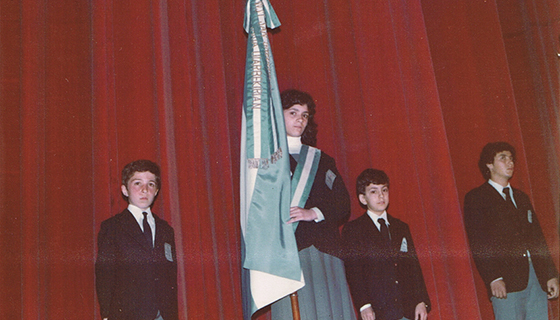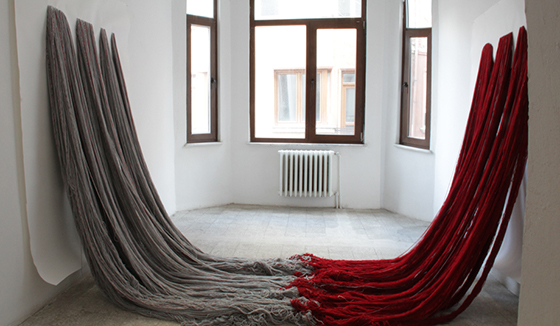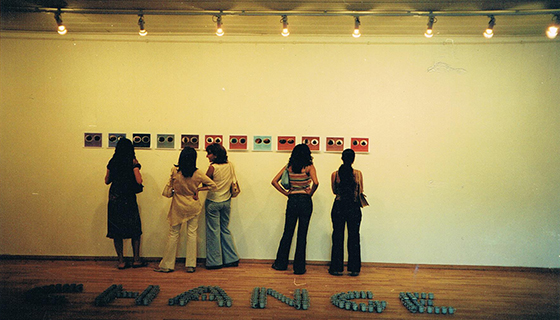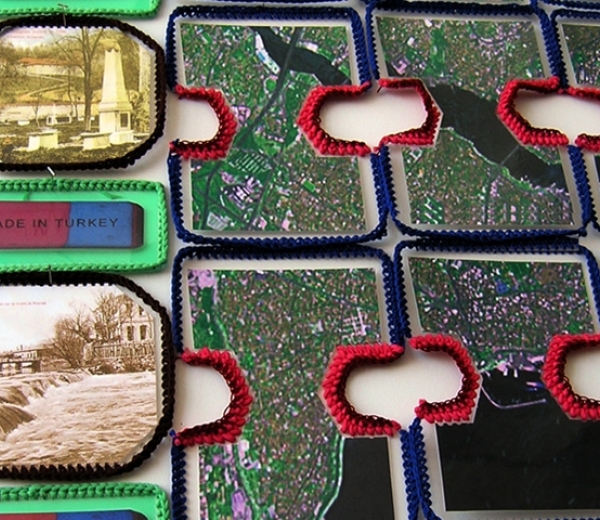“In our house in Claypole in Argentina we had pictures of my grandfather Avedis on the wall. I looked at them very often, trying to imagine what my grandpa’s life in Aleppo must have been like. He was a role model, not only to me. The Tobdjians were refined people and had a deep appreciation of culture. In Córdoba they organized theater performances for the newly established Armenian community.” (Read more about Silvina's family history here).
“I wanted to belong, I wanted to be able to read and write Armenian, but we lived too far away from the Armenian community. The only chance I had was to move to the city.” At the age of ten, she begged her mother to let her go to an Armenian school. Granting her wish was no easy decision for the parents: it meant having to send their children on a bus ride for several hours every day. The ten year-old girl, however, was prepared to cope.







